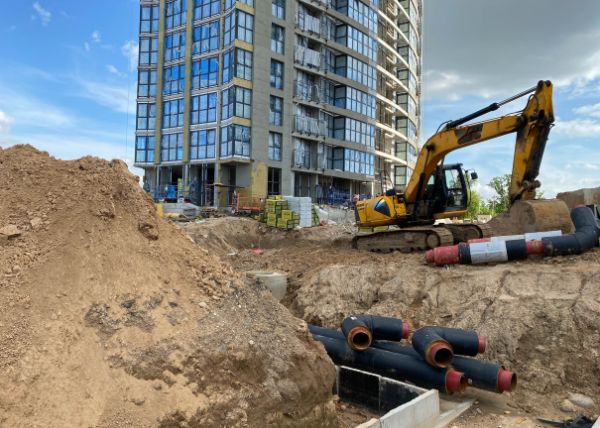Trenches are a well-known hazard on construction sites, even smaller projects. In March, three construction professionals were injured while doing work in a trench just 4-5 feet deep. They were reportedly removing some tree stumps around a two-story structure when the trench collapsed.
Because of the elevated risk, the use of a trench comes with strict safety protocols. That seems reasonable, considering just one cubic yard of dirt can weigh more than a Toyota Corolla and can easily injure or kill a worker. So, whose responsibility is it to ensure on-site trenches meet safety mandates?
Regular Safety Checks are Required
Employers are responsible for ensuring a workplace is safe for employees. This applies to the construction industry as well. Under New York’s Labor Law, these safety responsibilities generally extend to owners of job sites, general contractors, and their agents. The Occupational Safety and Health Administration (OSHA) lays out a number of safety standards, including many of the protective systems construction workers are likely familiar with.
In addition, OSHA requires a trench to be inspected daily and as conditions change. This inspection has to be done by a “competent person,” meaning an individual who:
- Is capable of identifying current hazards
- Has the knowledge to identify predictable hazards
- Is authorized to take corrective action to eliminate or control these hazards
If an employer (or other responsible party) fails to follow through on these checks, it potentially puts all the site’s workers in harm’s way.
General Trench Safety Guidelines
Trenching is one of the most dangerous activities on a construction site. OSHA provides some broad guidelines for working in and around trenches. The agency’s rules include:
- Ensuring no heavy equipment is near a trench edge
- Keeping surcharge loads 2 feet or more from trench edges
- Doing air testing (oxygen levels, as well as the presence of toxic fumes or gases)
- Inspections at the beginning of each shift
- Inspections following rain
- Refraining from working under a raised load
Trench work is not something on which anyone should cut corners. If an employer (or other responsible party) fails to provide a safe environment, or if the actions of a third party (such as a subcontractor) result in an injury, victims and their loved ones can consider holding them accountable through legal action. Contacting an attorney with experience in construction accident claims is an effective way to preserve your rights and hold negligent property owners, employers, and contractors accountable.



